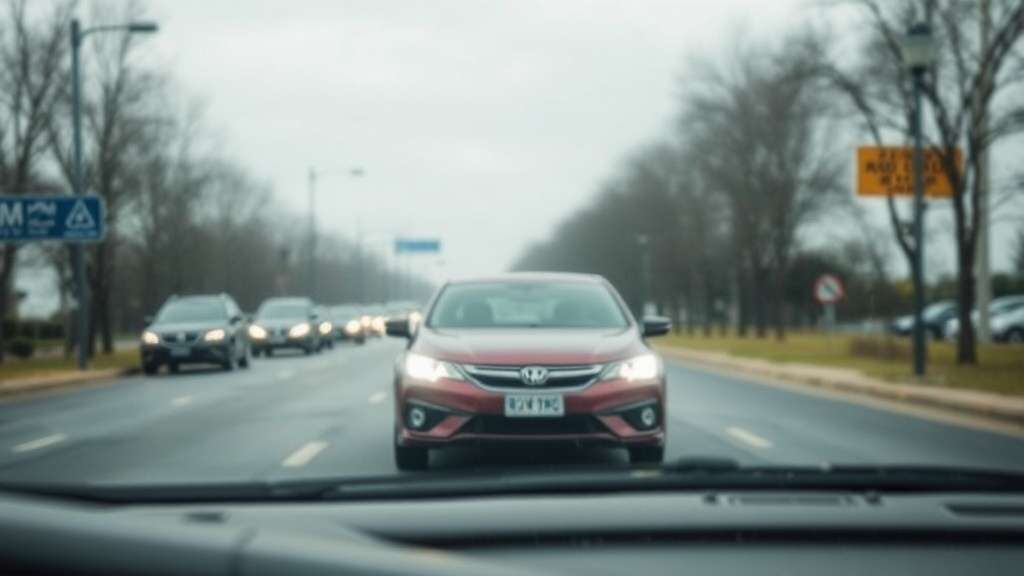
How Amazon's Generative AI Transforms Delivery Speed, Efficiency, and Sustainability
, by Unboxify, 4 min reading time

, by Unboxify, 4 min reading time
Amazon's massive 1,000,000 square-foot warehouse in Northern California is more than just a logistics hub; it’s a tech marvel. Fulfillment centers ship packages into this facility, which are then sorted and dispatched to various delivery stations. This intricate dance of packages involves hundreds of people and robots, with generative AI driving the efficiency.
Generative AI underpins everything from product perception and grasping with robotic arms to fleet congestion management. The evolution of AI-enabled robots and advanced algorithms have significantly accelerated Amazon's delivery speeds, from two-day to one-day, and now even same-day delivery.
Amazon's strength in generative AI is largely due to its vast data collection. As an online retailer from the start, Amazon has accumulated massive datasets on shopping behavior, which are crucial for efficient AI operations.
While AI improves operational efficiency, it comes with environmental costs. Running data centers involves significant electricity and water for cooling. However, Amazon claims that AI helps cut costs and its carbon footprint through better planning and reduced shipping distances.
Sustainability Highlight: Efficient placement of products in warehouses reduces the distance a product travels when ordered, improving both speed and sustainability.
Since the launch of Amazon Prime in 2005, the company has continuously pushed the boundaries of speedy delivery. The introduction of one-hour deliveries with Prime Now and the expansion of its driver network through the Delivery Service Partner program in 2018 have been significant achievements.
By 2022, Amazon integrated transformer architecture, the backbone of generative AI, into its robotics. This dramatically sped up delivery times, enabling it to manage the delivery of 20 million packages per day across 20 countries.
Amazon’s shift towards automation began in 2012 with the purchase of Kiva Systems. Now, with over 750,000 robots deployed, the role of generative AI in optimizing these robots' tasks is indispensable.
The question of whether AI will replace human workers is ever-present. Amazon asserts that robots work alongside humans, creating new job categories that require special skills and offer higher earning potential.
Generative AI has revolutionized how Amazon manages inventory. Predictive models help to place new products in the right locations faster, reducing shipping times and enhancing sustainability.
The power consumption of AI servers is projected to rise significantly, placing additional strain on Amazon’s sustainability goals. However, Amazon’s in-house capabilities and investments in AI startups, like the $4 billion investment in Anthropic, are expected to provide a competitive edge.
Generative AI helps Amazon solve one of its toughest challenges—the last mile of delivery. Machine learning models optimize delivery routes, reducing driver stress and enhancing efficiency.
Electric Delivery Vans: Equipped with AI-enabled cameras and advanced routing systems to ensure efficient and eco-friendly deliveries.
Generative AI personalizes the shopping experience for Amazon customers. From AI-generated product recommendations to AI-powered review summaries, the goal is to make shopping more efficient and enjoyable.
While personalized shopping enhances the customer experience, it raises privacy concerns. Amazon clarifies that it focuses on aggregate data rather than individual data to create personalized recommendations.
Amazon’s integration of generative AI at every step of its operations promises greater efficiency, speed, and sustainability. However, it's a fine balance between leveraging advanced technology and maintaining its workforce, environmental commitments, and customer privacy.
With continuous innovation and investment in AI, Amazon is set to redefine the future of e-commerce, ensuring faster deliveries and a better customer experience, all while keeping an eye on sustainability.







